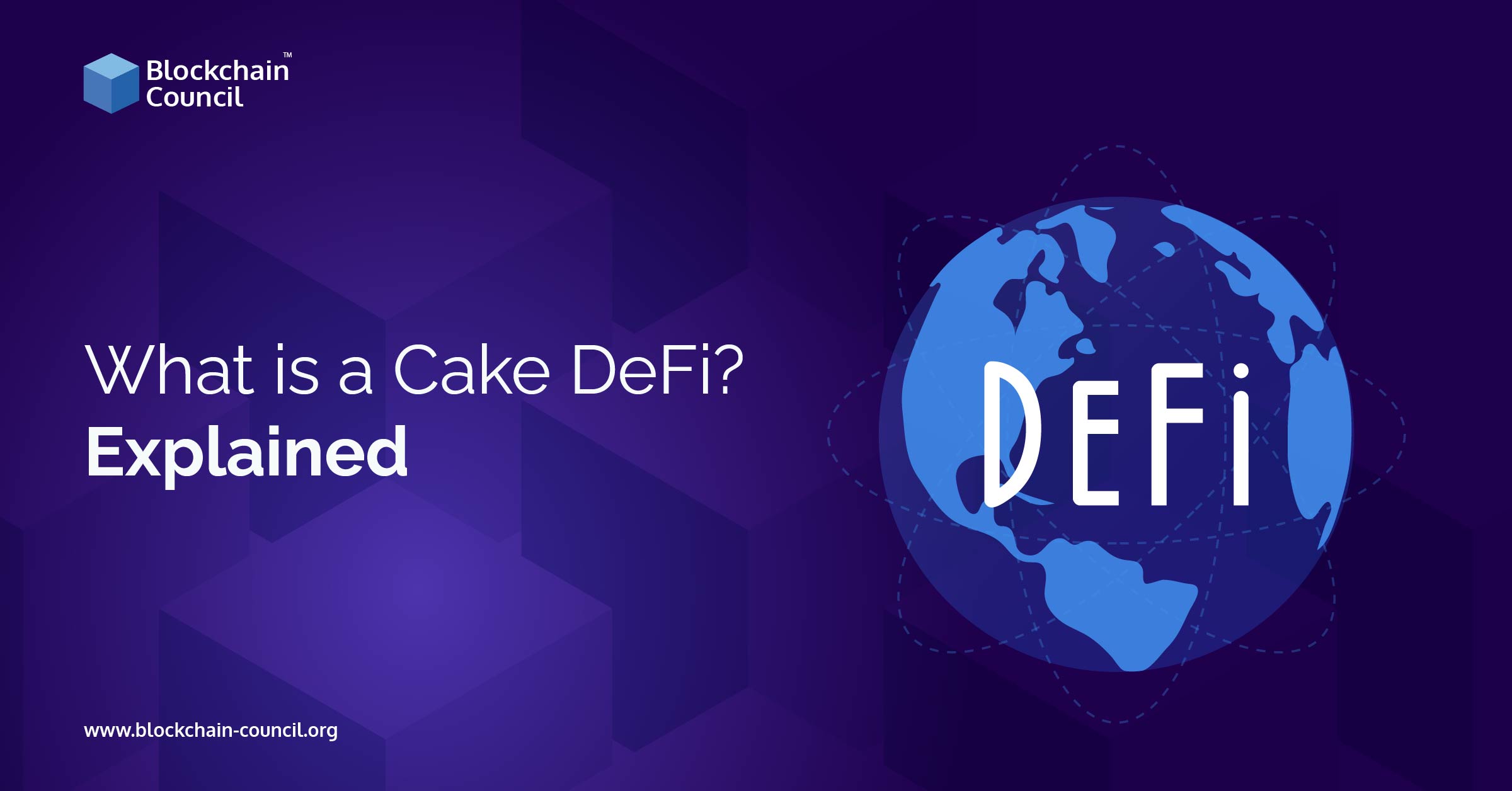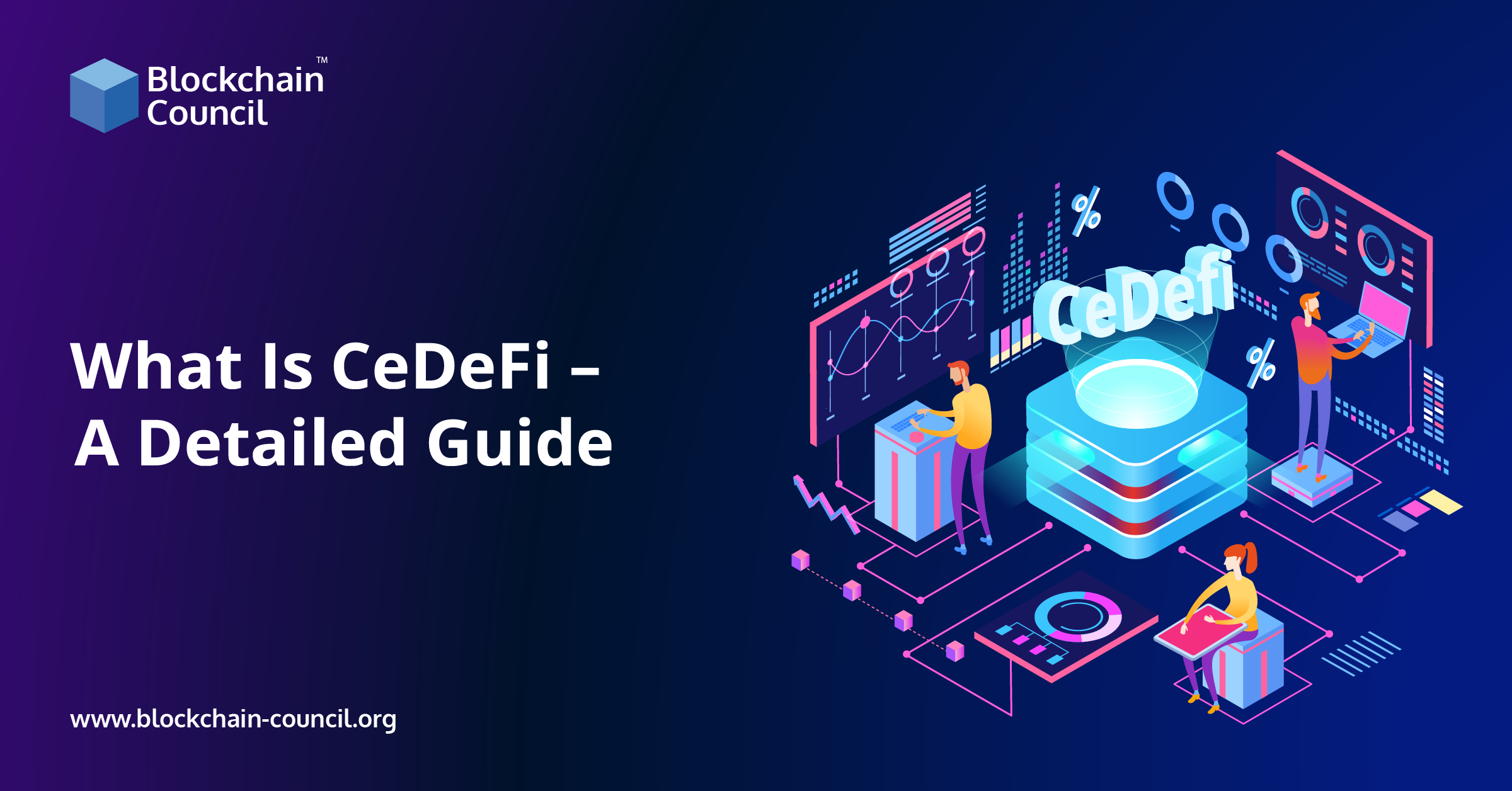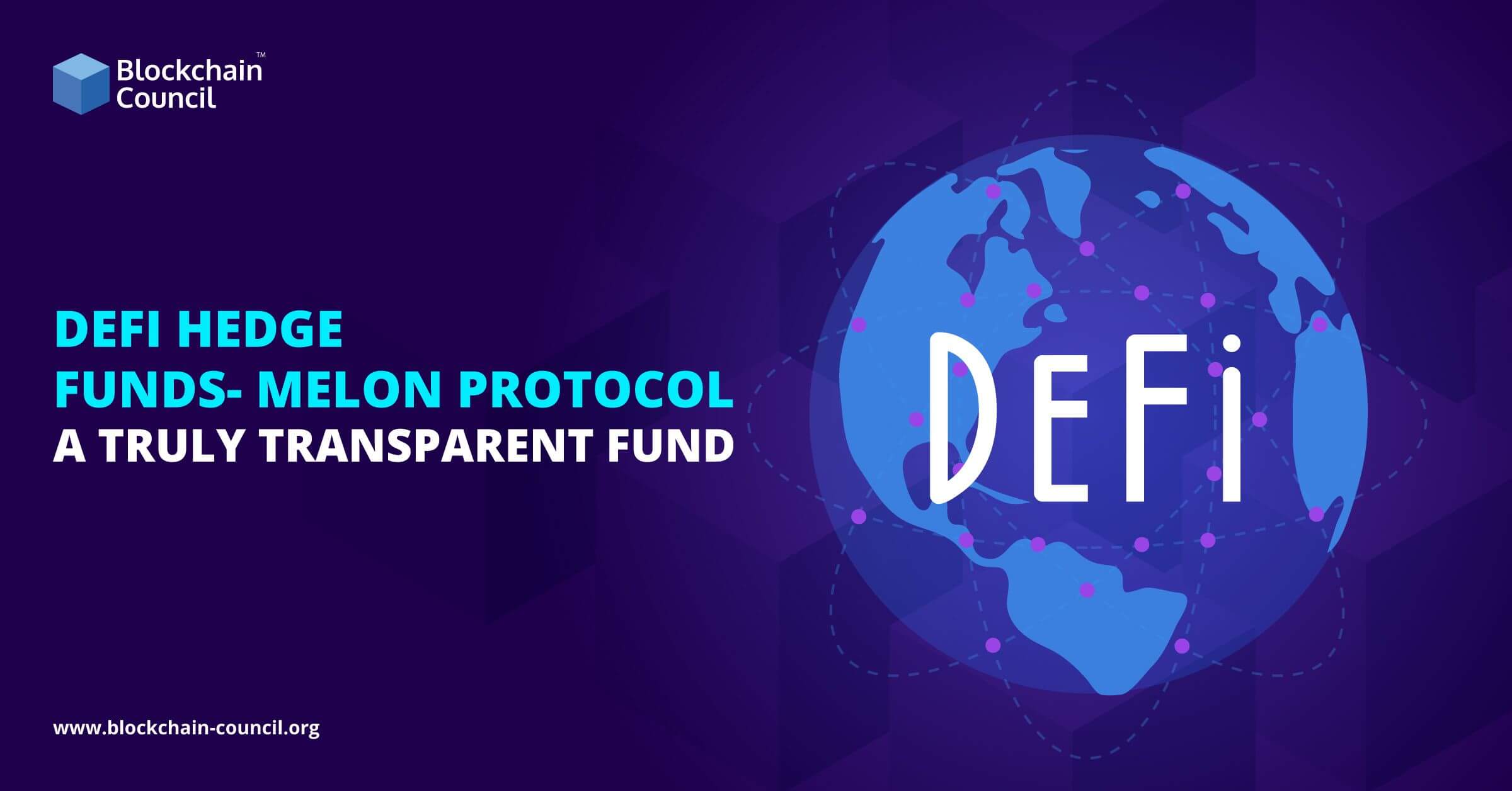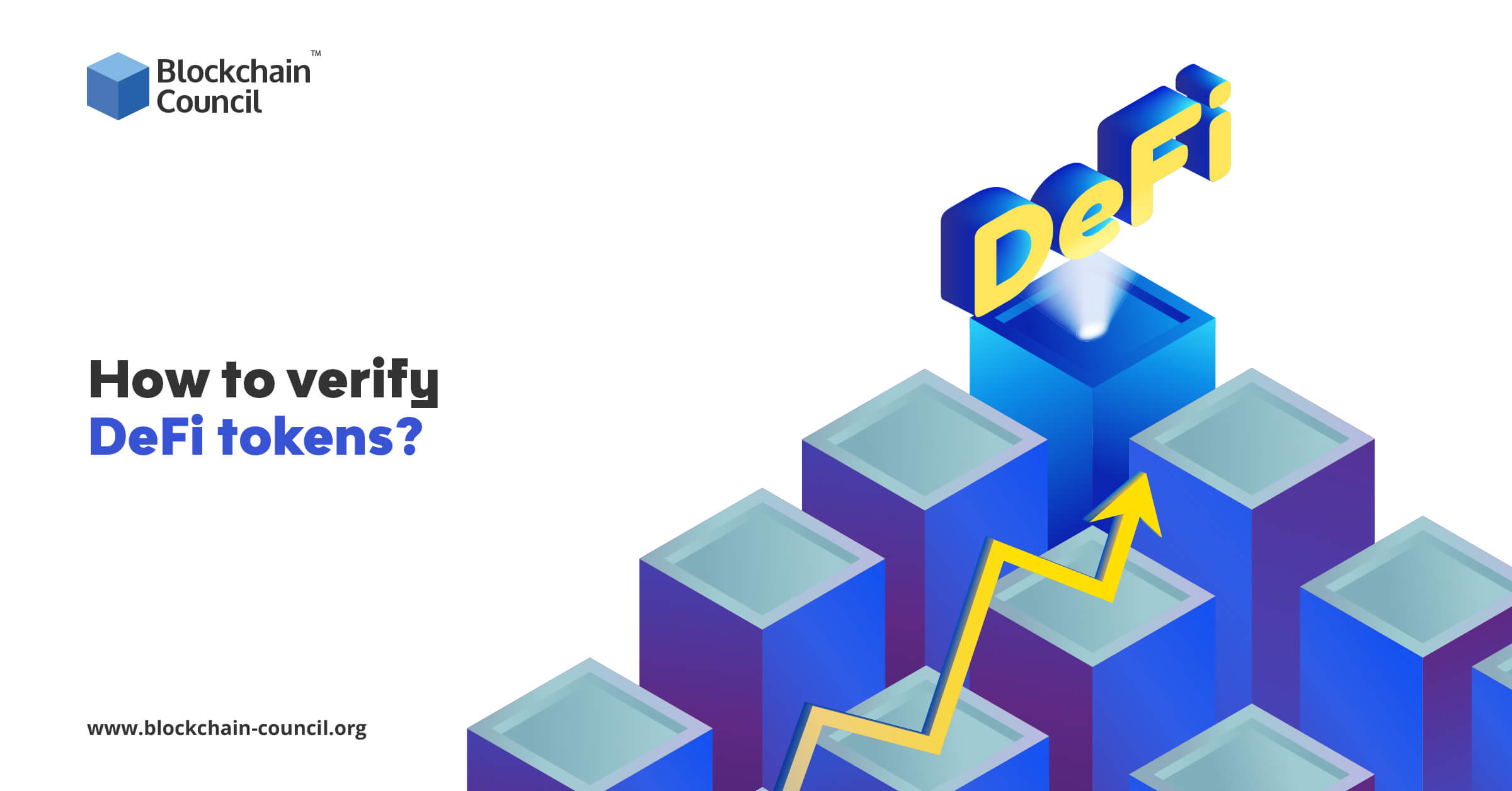
- Neeti
- July 13, 2022

Finding a safe haven investment that satiates one’s hunger for ‘maximum earnings in limited expense’ is a tough task, especially when we are ushering towards a more complex economy. Where globalization and technological innovation promoted a more liberal economy and working infrastructure, the wide scale dependence on centralized financial channels limited the scope of liberalism. This was the time when cryptocurrencies opened the door for digital money and changed the situation forever.
During the starting phase, no one expected the crypto industry to grow and reach its present multi-billion-dollar worth. The concept of paperless currency was seen as a mere substitute for the traditional centralized systems that relied heavily on the mercy of financial authorities and government controls. However, with time, the popularity of crypto and its underlying principle called blockchain technology skyrocketed.
With multinational firms coming for the support of decentralized technology, the industrial realm expanded multidimensionally to strengthen its market presence. New concepts like stablecoins, Decentralized Finance, Non-Fungible Tokens, etc. garnered attention from investors as they promoted safer investment services for people irrespective of their location, status, or gender.
The surge in the popularity of cryptocurrencies compelled firms to come up with new projects that favored the interests of customers. Some people fear investing in crypto because of the high price volatility involved therein. This issue was resolved with the launch of DeFi platforms like Cake DeFi which help investors to earn crypto through staking. The portal promises to unlock new opportunities for regular cash flow for investors willing to explore the crypto space without fearing the risks.
In this article, we will try to give you a detailed analysis of the Cake DeFi platform. You will learn blockchain technology concepts involved in Cake Defi infrastructure, its merits, and distinct features. So, let’s just jump in:
What is Cake DeFi?
Headquartered in Singapore, Cake DeFi is a decentralized platform that strives to make cryptocurrencies and DeFi services accessible for everyone. Founded in June 2019, Cake DeFi is the brainchild of Julian Hosp and U-Zyn Chua who planned to bring crypto closer to common people. Julian Hosp is a renowned crypto influencer with a strong presence in German-speaking nations and has been actively involved in promoting crypto use amongst investors.
The platform complies with all regulatory requirements of the Monetary Authority of Singapore (MAS). Cake DeFi plans to educate and assist investors with transparent products and services of the crypto field that guarantee higher returns.
The infrastructure is designed to support three core elements of the crypto world namely- staking, lending, and liquidity mining- for investors so that they can deposit assets and earn rewards against them. Despite the inclusion of the word ‘DeFi,’ Cake DeFi works as a custodial portal offering a plethora of unprecedented features focused on expanding the usability of cryptocurrencies.
Cake DeFi uses the powerful DeFi Chain blockchain to support its core functionalities within the decentralized ecosystem which facilitates cryptocurrency trading seamlessly. The native currency, which is also called the base currency, is accessible in the market under the ticker symbol ‘DFI.’
The rewards earned on the platform are distributed in DFI tokens thus making the processing of transactions highly convenient for the participants. Interestingly, the DeFi Chain is a fork of the BitCoin blockchain and has no connection with Ethereum like a majority of new blockchain ventures. Cake DeFi is an independent network and unlike Bitcoin which uses the Proof-of-Work algorithm, Cake employs the Proof-of-Stake (PoS) algorithm for better results.
In the PoS setup, network nodes stake an amount of crypto to become potential candidates for validating the new block in return for rewards. Further, an algorithm chooses candidates from the lot who will validate the new block. The selection algorithm takes into consideration the quantity of staked assets along with other crucial factors (such as randomization) so as to ensure high-end fairness within the system. As PoW infrastructure is heavily based on energy-intensive mining, PoS gained popularity with its less strained energy requirements. The PoS algorithm offers enhanced scalability in comparison to the PoW channel. Cake DeFi unlocks the benefits of staking for a new class of investors who want to experiment with crypto using limited resources and technical knowledge.
How does Cake DeFi Work?
Investors can learn DeFi trading services offered by Cake DeFi platform from the list mentioned in this section. They can find the following products to invest in on the decentralized portal:
Crypto Lending for ETH, BTC, and USDT
The lending feature helps investors to boost their passive income or cash flows against Bitcoin (BTC), USDT, ETH, and USDC. Cake DeFi manages everything for customers so as to make the complicated process swift and convenient. The capital and returns are fully guaranteed, risk-free, and clubbed with lucrative bonuses acting as the icing on the cake. The API makes sure that the customers enjoy bonuses when the price of the native currency surges during the lending process.
The users deposit their assets like BTC, ETH, and USDC which are then lent in ‘batches’ by the Cake DeFi infrastructure. The assets are locked in options contracts for a span of four weeks. Each batch lasts for 28 days, starting and ending on a Friday. Post the four weeks period, investors can shift to the next batch automatically at their will. They can withdraw their full principal amount and returns or take out only the returns depending upon their mood.
Cake does not charge fees from users rather it receives commissions from its affiliates directly. The expected annual percentage yield varies for every batch. The portal displays the expected APY on its website for user reference.
Liquidity Mining
With Cake DeFi users can gain access to shared liquidity mining pools offering lucrative opportunities to earn yields easily. The investors can choose their favorite pair of popular crypto tokens and the DFI token. The liquidity pools fetch a yield upwards of 68% which is subject to changes. The platform collects 15% as a fee charged on all rewards. Rewards are distributed every 12 hours directly into the wallet of the participant. It can take up to 24 hours for the first reward.
The yields are paid in both the coins of the pair. For instance, if the user is adding liquidity to a BTC-DFI pool then they will receive an equal amount of BTC and DFI as a reward. The participants can pull out of the liquidity mining pools anytime at their convenience.
Staking Service
In the PoS setup, users put their coins into ‘nodes’ for verifying transactions involving cryptocurrencies. Stakers then receive rewards for offering their staking services. The rewards vary from token to token here. The portal presently supports two masternodes- DASH and DFI for staking purposes.
Cake Freezer
For lucrative interests, Cake DeFi investors can choose the ‘Freeze’ option where they need to lock their DFI assets for a minimum of one month or a maximum of ten years. The feature helps users to fetch regular cash flow on the locked funds along with an 85% rebate on the staking fee charge as well. The funds are automatically moved to liquidity mining pools and the bonuses are credited depending upon the duration of the lock-in period.
Invest in Decentralized Assets
Decentralized assets on Cake DeFi are called dTokens. They are cryptocurrencies that can be minted by any person on the DeFi Chain blockchain network. The price of dTokens is ascertained by the supply and demand of the trading pair. They are traded on DEXs. The most interesting thing about these assets is the fact that their price is not correlated to the crypto cluster but rather to real-world assets.
The two primary things investors can do with decentralized assets like dTSLA on Cake DeFi are:
- Invest in these assets by purchasing and holding them so as to get price benefits easily.
- Take part in Liquidity Mining with decentralized assets after purchasing the dToken pair of your choice.
Payment System on Cake DeFi
To invest on Cake DeFi, one needs to deposit cryptocurrencies into their digital wallet. For this, users have three distinct options:
- Purchasing crypto using fiat
- Exchange or swap tokens
- Transfer through blockchain into the wallet
Purchasing crypto with fiat
Investors can buy cryptocurrencies like BTC, ETH, and DFI using fiat money. They can deposit the money through Visa credit card, SEPA bank transfer, iDEAL payment service, and Sofort. The process is simple, transparent, and secure.
Exchange or swap tokens
In swapping of tokens, users exchange one crypto asset for another cryptocurrency. The facility is a classic element in the DeFi cluster. In the end, investors move to the liquidity pools that are made accessible by the liquidity mining on the platform. In DeFi training programs offered by Blockchain Council, users can get details about swapping tokens and trading them for maximum returns.
Transfer through blockchain to wallet
This is one of the most popular ways to deposit cryptocurrencies within the Cake DeFi ecosystem. Investors need to switch between different blockchains depending upon the currency they are willing to deposit. Cake allows users to use the native blockchain option for each asset like the Bitcoin or Ethereum network or its in-built DeFi Chain network.
How to withdraw crypto on Cake DeFi?
Users can easily withdraw the freshly baked tokens by following simple steps:
- Click on the baker’s hat placed on the top right corner.
- Select the ‘Balance’ option.
- Choose the ‘Withdraw’ option against the coin you want to withdraw.
- Select the right network and fill in the details required in the fields given there.
How does Cake DeFi pool money?
The company makes money through two processes:
Aggregation of cryptocurrencies
In this, Cake’s infrastructure aggregates the cryptocurrencies that investors lend into bigger blocks and then brokers them for a predetermined span.
Staking charges and liquidity mining
The portal reserves a small service charge out of the staking rewards and earnings from liquidity mining. DeFi certification programs help investors to gain knowledge about staking and liquidity mining which eventually helps them to expand their earnings.
Conclusion
Cake DeFi offers seamless access to the three most important products namely- Lending, Staking, and Liquidity Mining- for the crypto community. With its native DeFi Chain blockchain and DFI token, the platform strives to leverage efficient functionalities for investors around the globe. It is simple, user-friendly, transparent, reliable, and highly secured. The team aspires to bring crypto to the mainstream world of Decentralized Finance where everyone can enjoy the perks of a decentralized economy.
If you are willing to try your luck in crypto, then enroll yourself in the best blockchain certification courses offered by Blockchain Council. The blockchain course content is designed to suit the requirements of the candidates, giving them full exposure of the blockchain space. The courses offer in-depth subjective as well as practical knowledge to the participants.





































































 Guides
Guides News
News Blockchain
Blockchain Cryptocurrency
& Digital Assets
Cryptocurrency
& Digital Assets Web3
Web3 Metaverse & NFTs
Metaverse & NFTs
